If you’re an 18 handicap golfer looking to improve your game, having the right set of irons can make all the difference. Choosing the right equipment is crucial for consistency, accuracy, and overall enjoyment while you’re out on the course. This guide aims to help you understand what to look for when selecting the best golf irons suited for your skill level.
Understanding the 18 Handicap Golfer
Before diving into specific models, it’s essential to understand what an 18 handicap means. Typically, this indicates a golfer who shoots around 90 on a par 72 course. Players at this level have some experience but are still working on improving their skills. They benefit from equipment that offers forgiveness, accuracy, and a bit of playability.
What to Look For in Irons
When evaluating which irons to purchase, keep these aspects in mind:
- Forgiveness: Irons with a larger sweet spot help make off-center hits less punishing.
- Launch Angle: Look for clubs that help you achieve a higher launch for better ball flight.
- Weight: Lighter clubs can increase swing speed, while heavier ones provide stability.
- Material: The construction of the clubs (forged vs. cast) can affect performance and feel.
- Offset: Helps to close the clubface at impact, improving accuracy.
 Golf Irons for 18 Handicap Golfers
Golf Irons for 18 Handicap Golfers
Top 5 Irons for 18 Handicappers
Here’s a detailed look at some of the best irons for 18 handicap golfers in 2023:
1. Callaway Big Bertha B21 Irons
- Forgiveness: High launch and a wide sole help turf interaction.
- Material: Hi-strength 450 steel.
- Why Buy: Perfect for those looking to reduce slices and improve their overall accuracy.
2. TaylorMade SIM2 Max Irons
- Distance: Enhanced with Speed Bridge technology for faster ball speeds.
- Design: Progressive shaping gives confidence at address.
- Why Buy: Great for golfers who want to maximize yards while maintaining control.
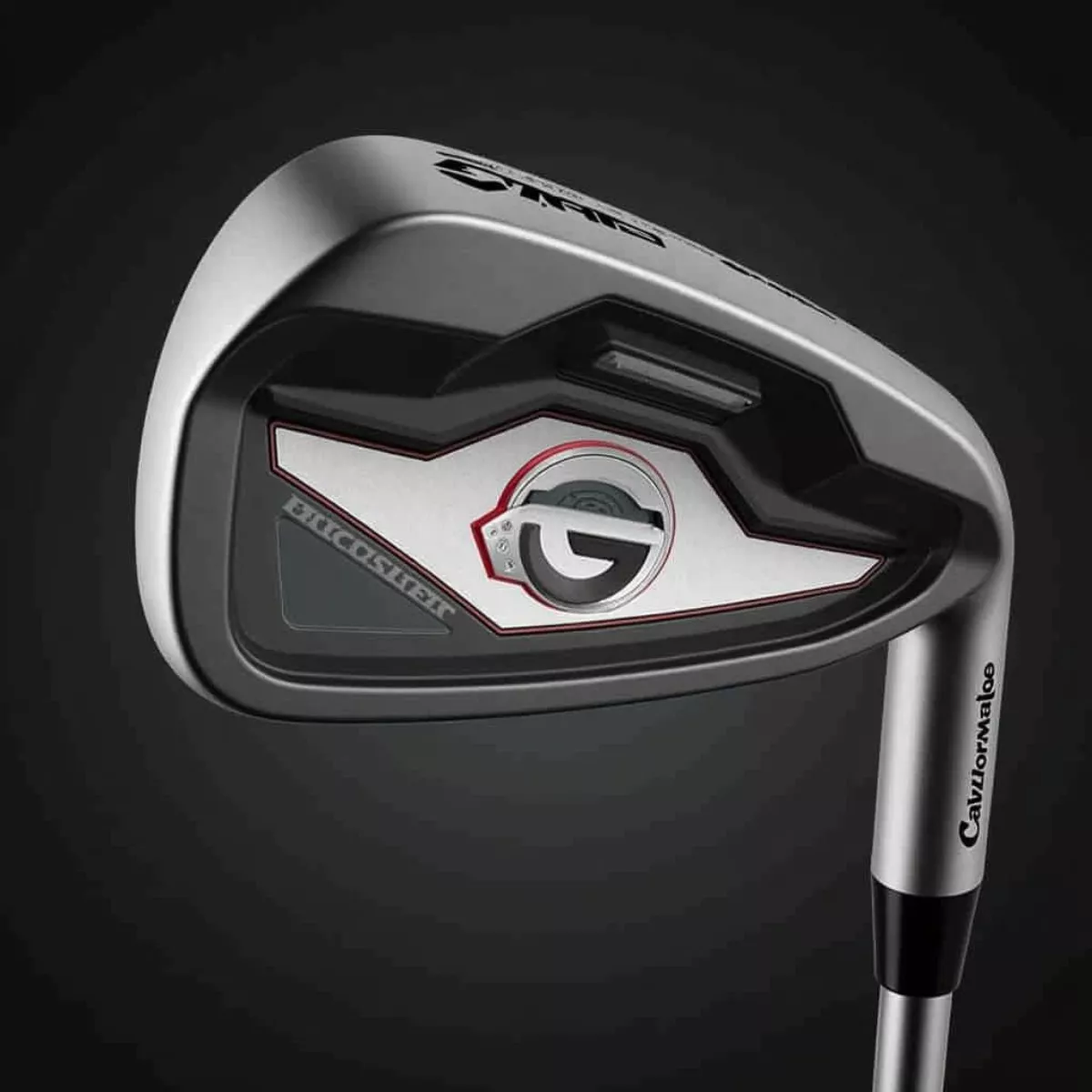 TaylorMade SIM2 Max Irons
TaylorMade SIM2 Max Irons
3. Ping G425 Irons
- Technology: Face flexing and enhanced perimeter weighting for unparalleled forgiveness.
- Feel: Soft feel due to the hydropearl finish.
- Why Buy: Excellent for a variety of swing speeds while promoting high launch conditions.
4. Mizuno JPX921 Hot Metal Irons
- Performance: Known for their distance and feel, suited for mid-handicappers.
- Material: Chromoly 4120 for enhanced performance.
- Why Buy: Showcases excellent ball speed and consistency across the face.
5. Cobra King RADSPEED Irons
- Design: Radial weighting promotes speed and forgiveness.
- Adjustability: Features grooves for more spin.
- Why Buy: A fantastic choice for players looking to add more control while still being forgiving.
Considerations Before Purchasing
- Club Fitting: It’s a good idea to get fitted to find your ideal shaft flex, length, and grip size.
- Budget: Determine how much you’re willing to spend before browsing your options — there’s a wide range out there, from budget-friendly to premium.
- Try Before You Buy: Many golf shops and online retailers offer demo clubs. Taking the irons to the range can help you find what feels best for you.
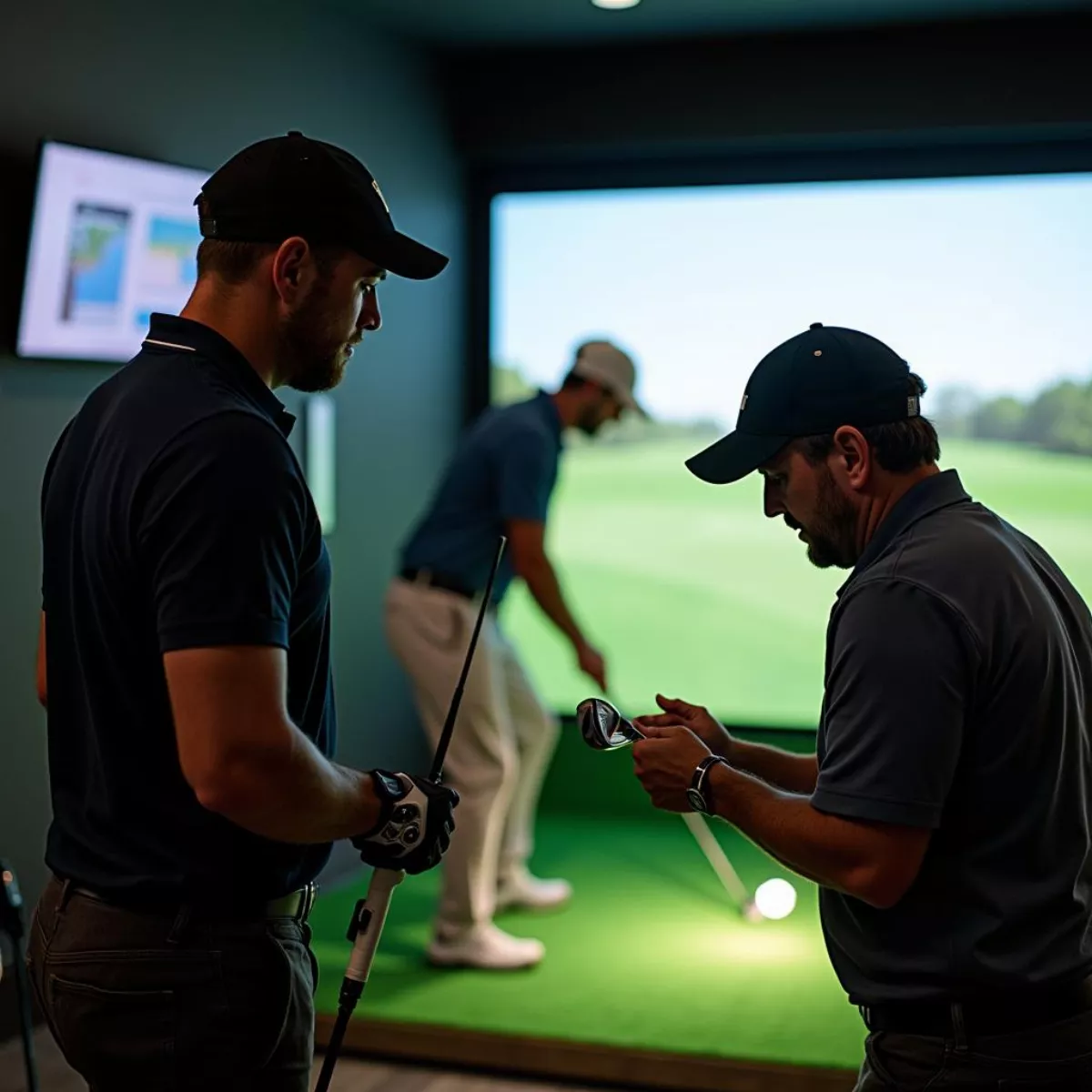 Golf Club Fitting Session
Golf Club Fitting Session
Key Takeaways
- Focus on forgiveness, launch angle, and weight when selecting irons.
- The Callaway Big Bertha B21 and Ping G425 are popular choices among 18 handicappers.
- Consider investing in custom club fitting tailored to your swing style.
- Demo before buying to ensure you’re satisfied with the feel and performance.
FAQ Section
1. What is the best iron for an 18 handicap golfer?
- The Callaway Big Bertha B21 and TaylorMade SIM2 Max are highly recommended for their performance and forgiveness.
2. How do forgiving irons help improve my game?
- Forgiving irons reduce the adverse effects of mishits, allowing for better consistency and confidence on the course.
3. Should I get fitted for my irons?
- Yes, a custom fitting can significantly enhance your performance by matching clubs to your specific swing characteristics.
4. Are more expensive irons always better?
- Not necessarily. While premium irons often have advanced technology, many mid-range options can perform exceptionally well for an 18 handicap.
5. What’s the difference between cast and forged irons?
- Cast irons are generally more forgiving and offer a larger sweet spot, while forged irons provide better feel and control but can be less forgiving.
6. How often should I replace my irons?
- It’s usually recommended to replace irons every 3-5 years, depending on wear and personal performance.
7. Can I use a set of game-improvement irons for years?
- Absolutely! Game-improvement irons are designed for mid-handicappers and can aid in skill development for several seasons.
8. Is there a difference between men’s and women’s irons?
- Yes, women’s irons typically have lighter shafts and more flexible flex options to accommodate different swing speeds.
9. What does “offset” mean in irons?
- Offset refers to the clubface being positioned back from the shaft. This design helps to close the face at impact, promoting straighter shots.
Conclusion
Choosing the right set of irons for your game is a crucial step in lowering your handicap from 18 and improving your overall golf game. Balancing forgiveness, distance, and comfort can lead to greater consistency, enhancing your experience on the golf course. And remember, the best iron is one that feels comfortable and works well with your swing. Happy golfing!
For more insights into golfing gear, check out our articles on best golf putters and how to choose the right golf driver for your game.

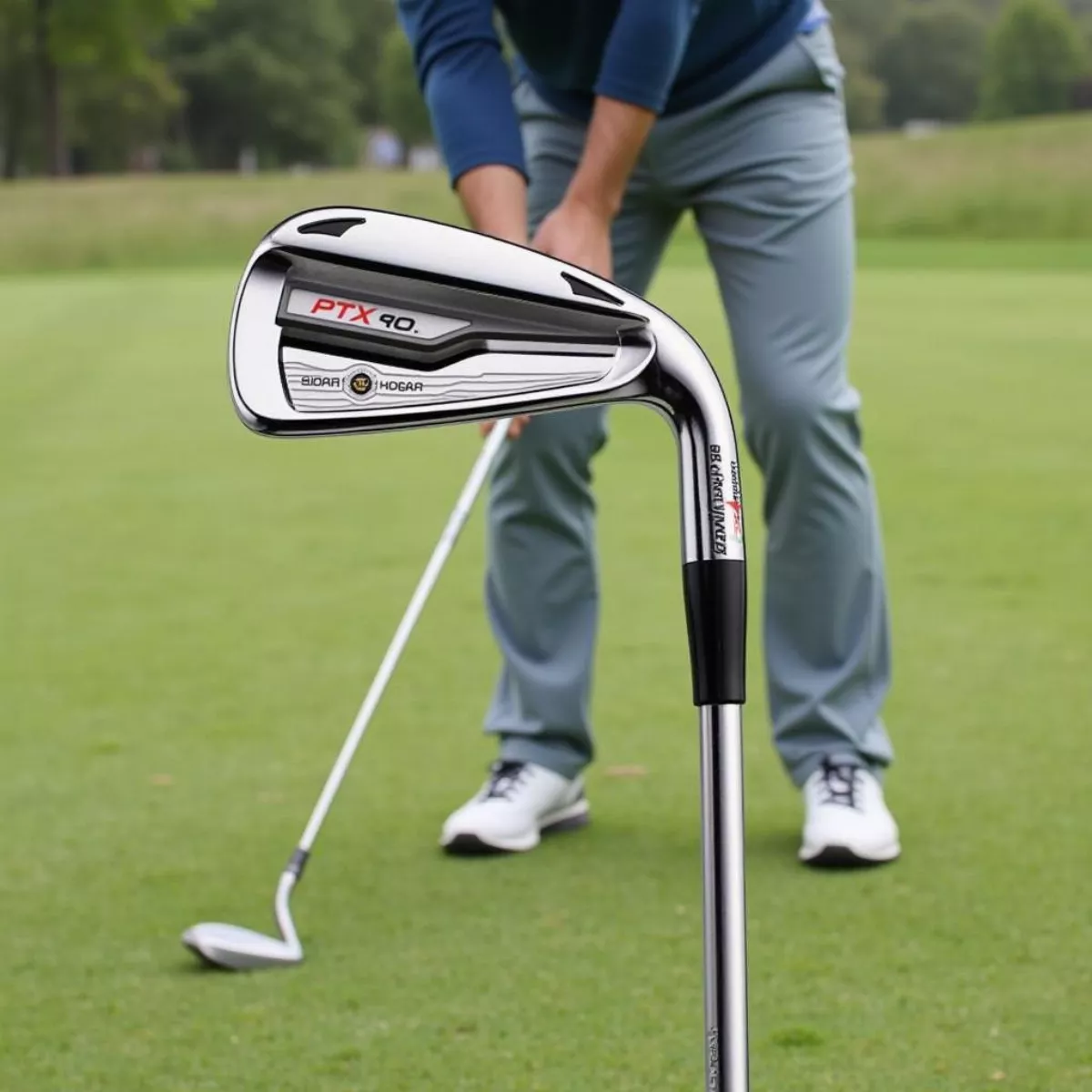 Golfer Using Ben Hogan PTX Pro Iron
Golfer Using Ben Hogan PTX Pro Iron Ben Hogan PTX Pro Iron Head Close-Up
Ben Hogan PTX Pro Iron Head Close-Up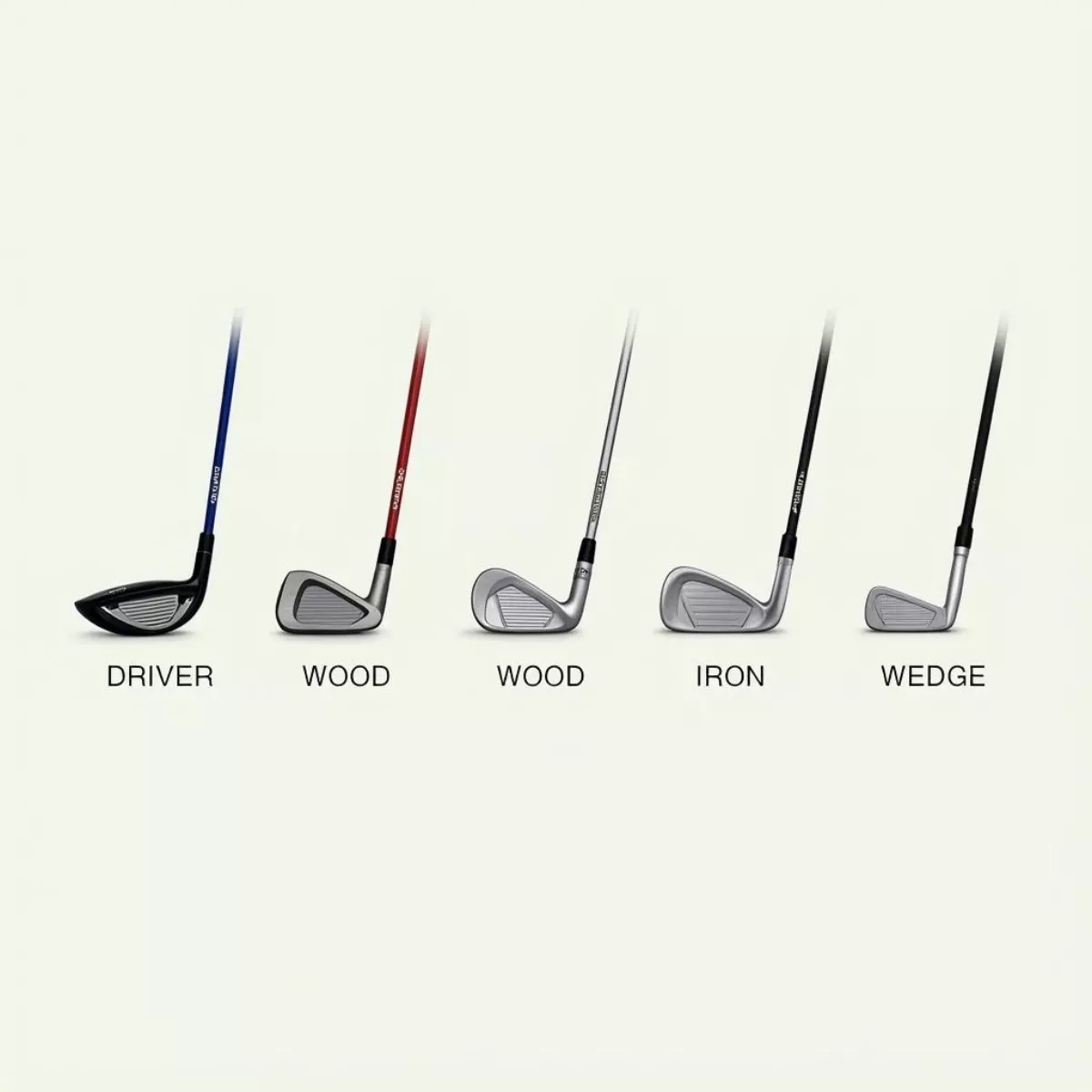
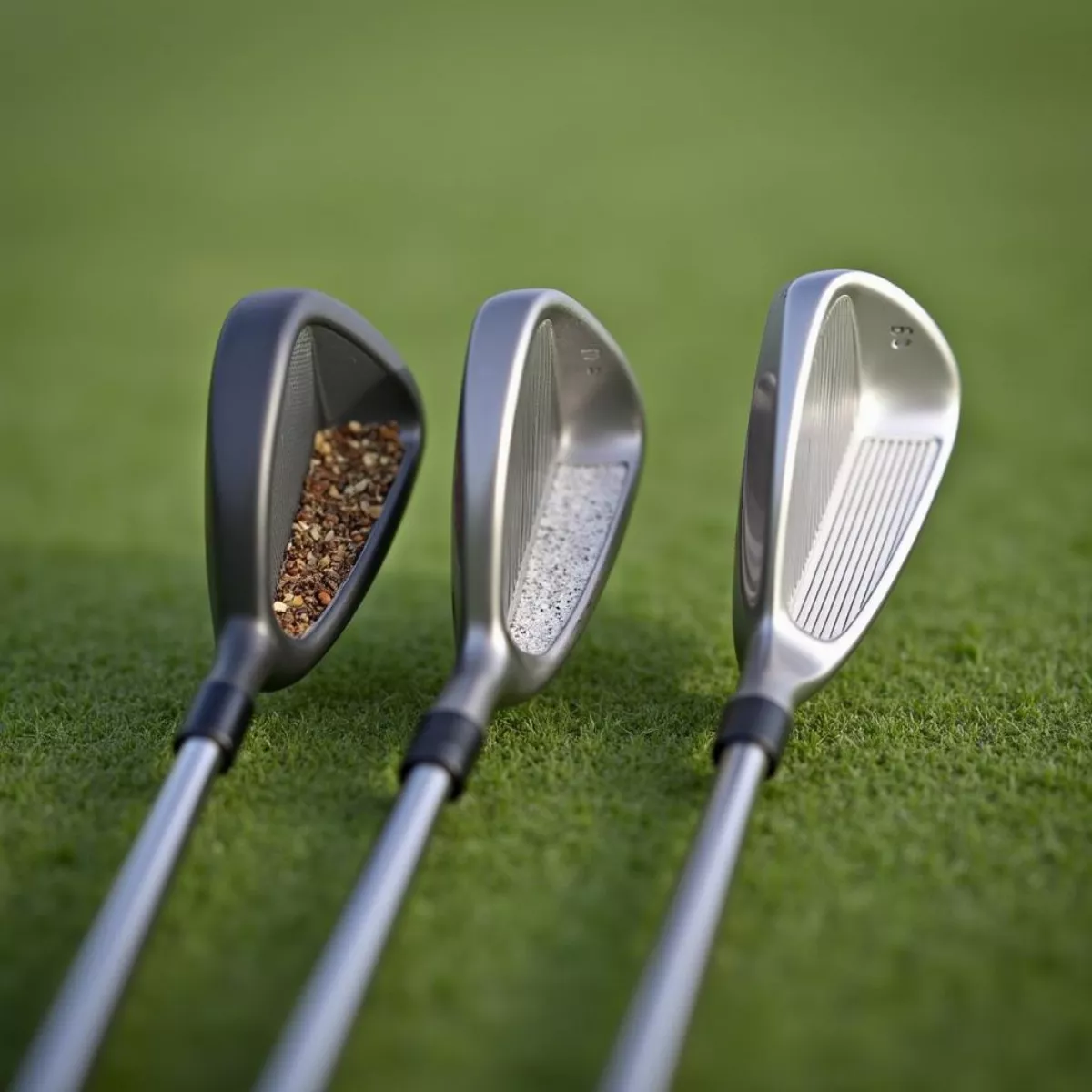 Golf Club Materials
Golf Club Materials Golfer Choosing Golf Club
Golfer Choosing Golf Club
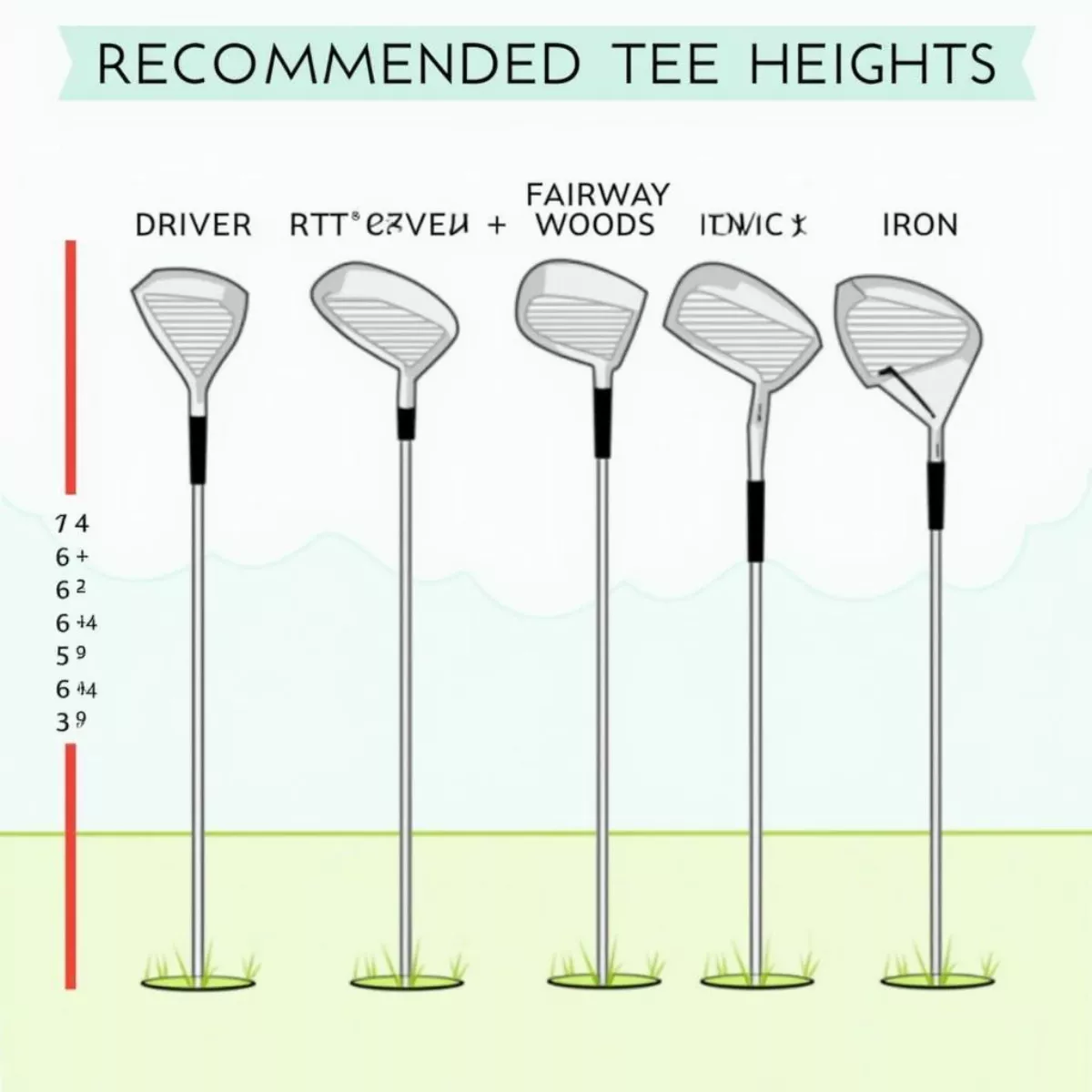 Golf Tee Height Comparison for Different Clubs
Golf Tee Height Comparison for Different Clubs Adjustable Golf Tee
Adjustable Golf Tee
 Personalized Golf Towel with Name
Personalized Golf Towel with Name Golf Club Headcovers Set
Golf Club Headcovers Set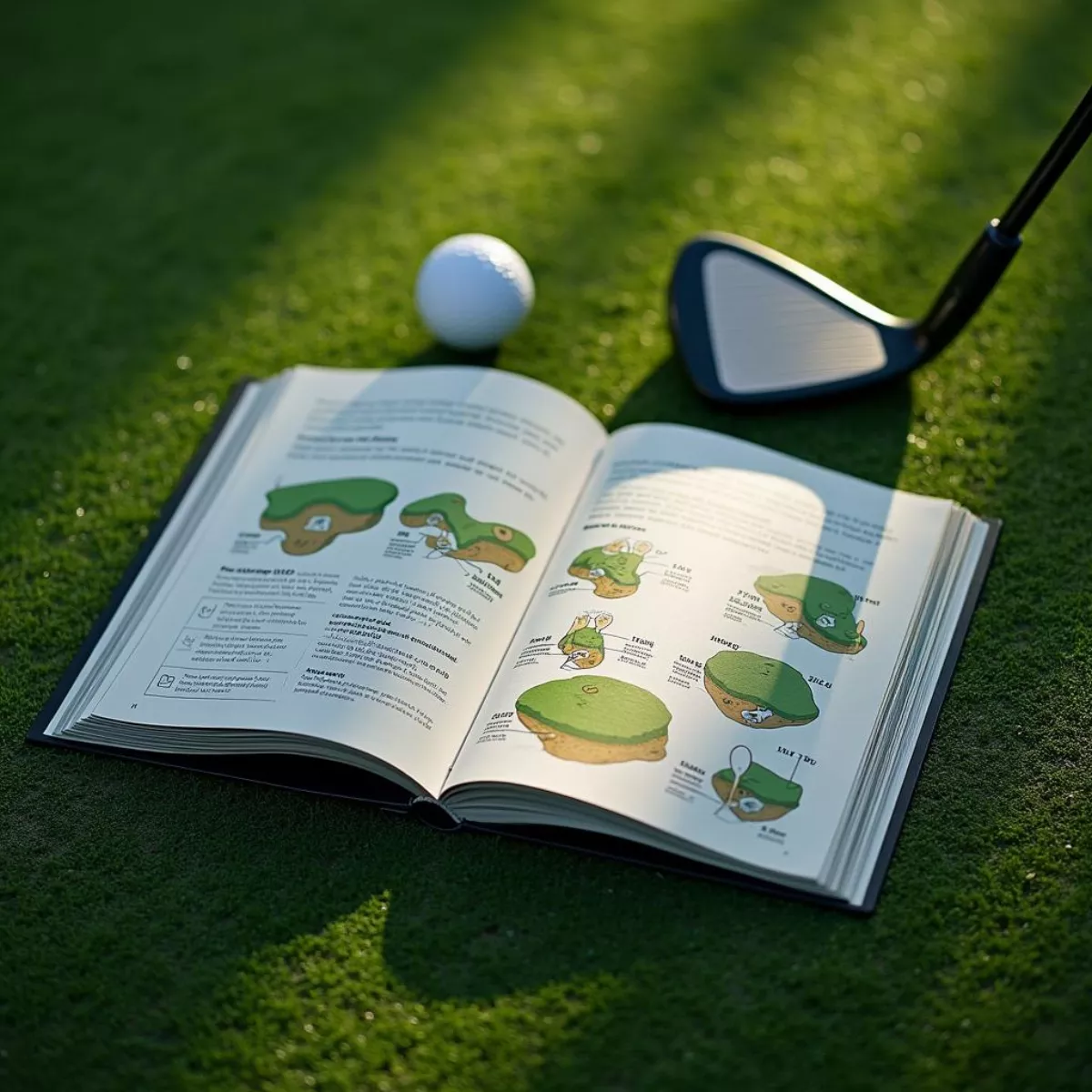 Golf Instructional Book on Green
Golf Instructional Book on Green Golfer Choosing Club from Bag
Golfer Choosing Club from Bag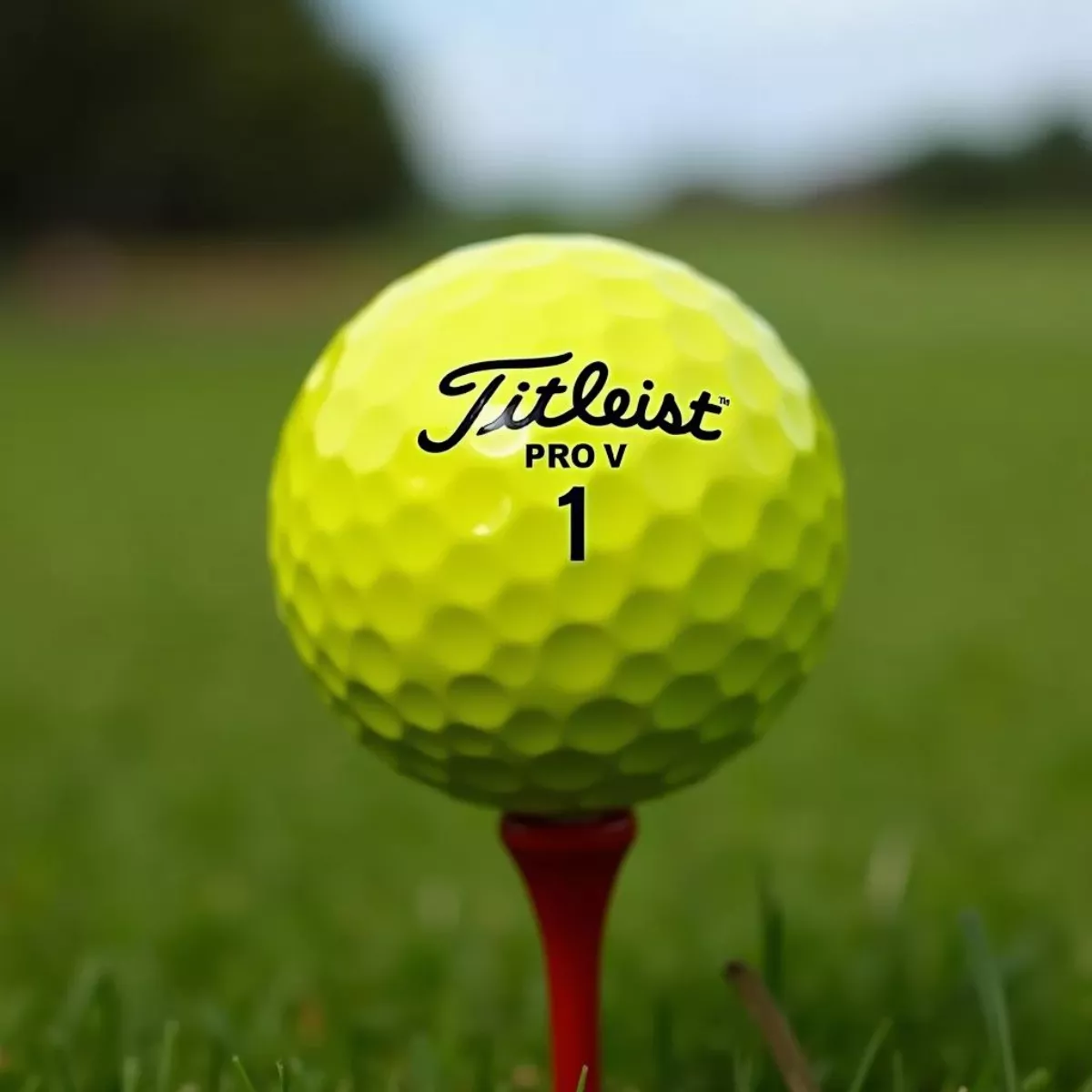
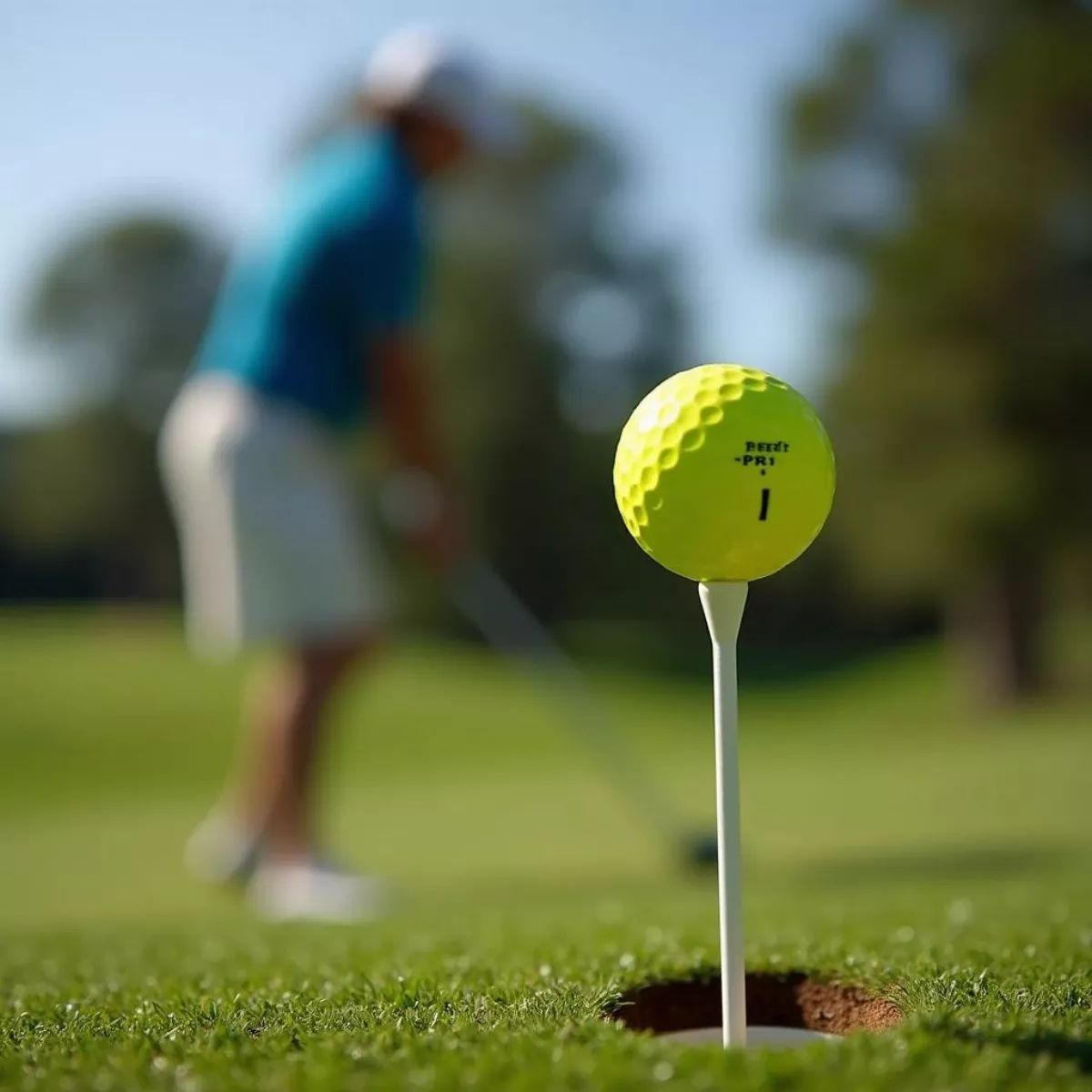 Golfer Teeing Off with Pro V1 Yellow
Golfer Teeing Off with Pro V1 Yellow Pro V1 Yellow in Golf Bag
Pro V1 Yellow in Golf Bag
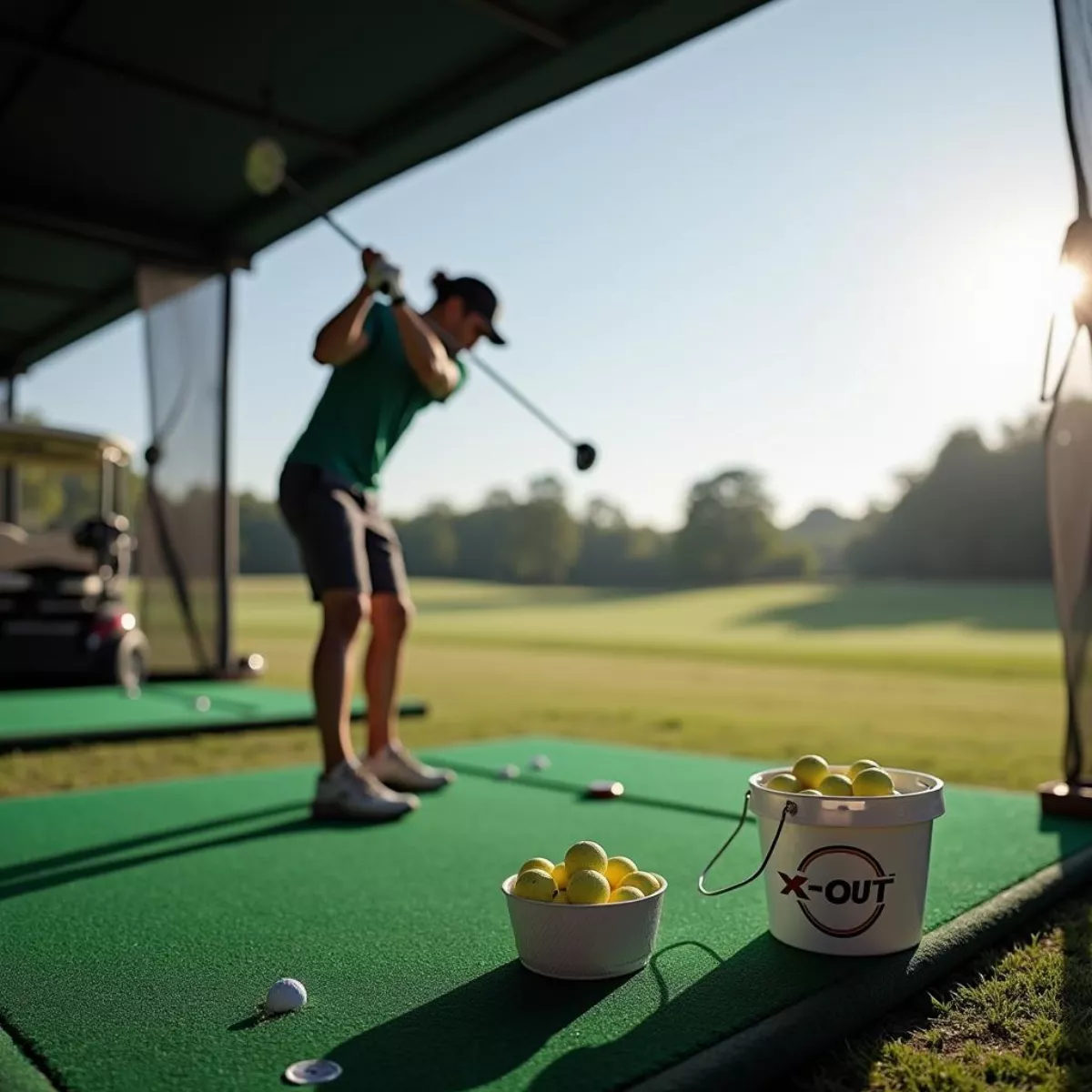 Golfer Practicing with X-Out Golf Balls
Golfer Practicing with X-Out Golf Balls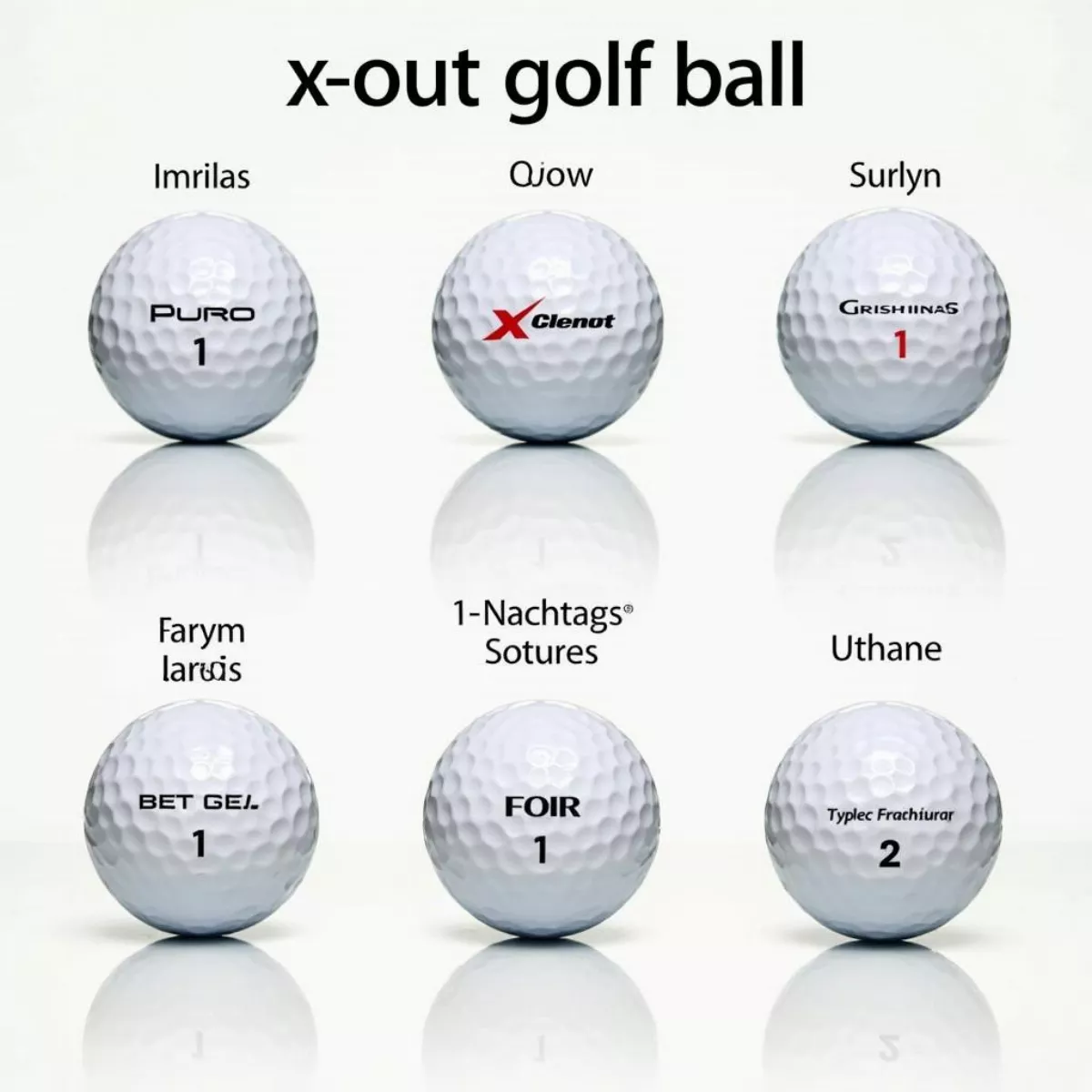 Variety of X-Out Golf Balls Available
Variety of X-Out Golf Balls Available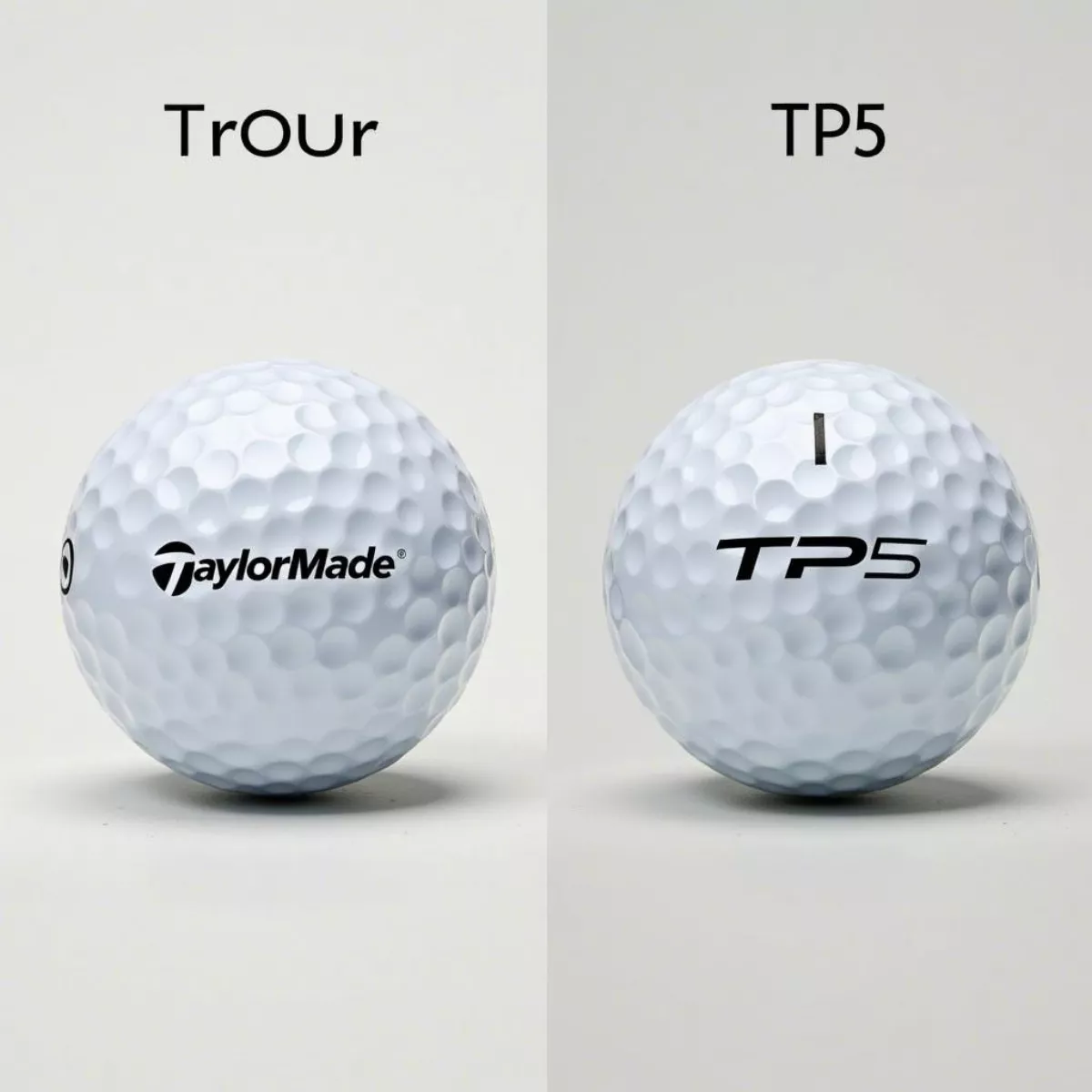
 Golf Ball Spin and Feel Comparison
Golf Ball Spin and Feel Comparison Choosing the Right TaylorMade Golf Ball
Choosing the Right TaylorMade Golf Ball
 USGA Officials at a Tournament
USGA Officials at a Tournament PGA Youth Golf Program
PGA Youth Golf Program PGA and USGA Joint Seminar
PGA and USGA Joint Seminar